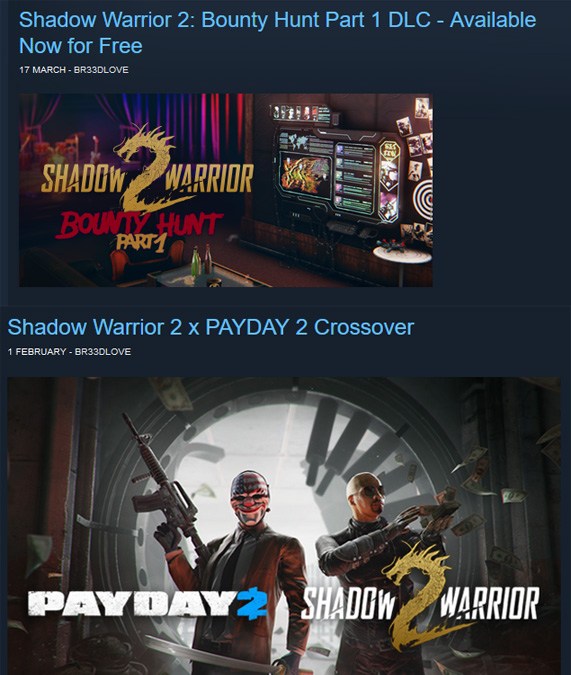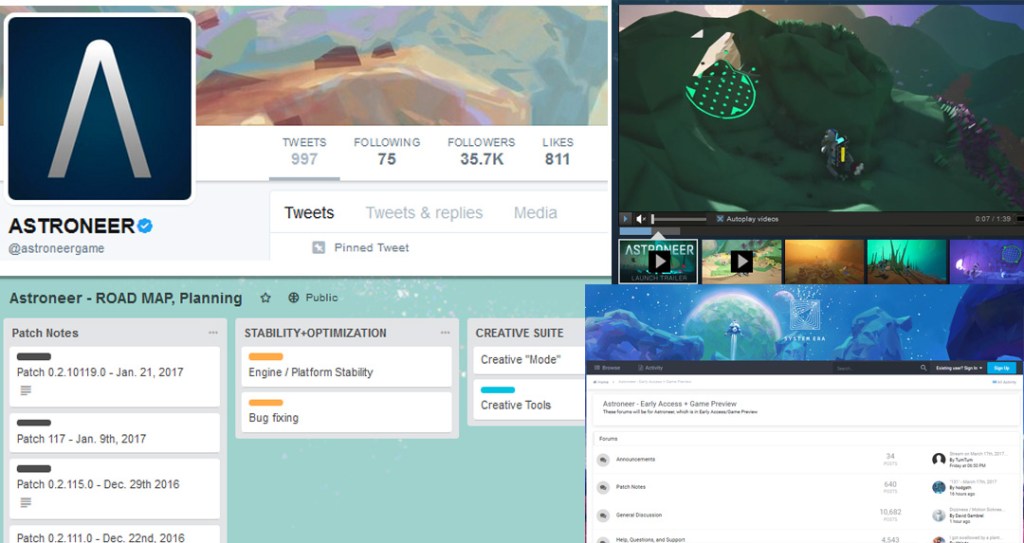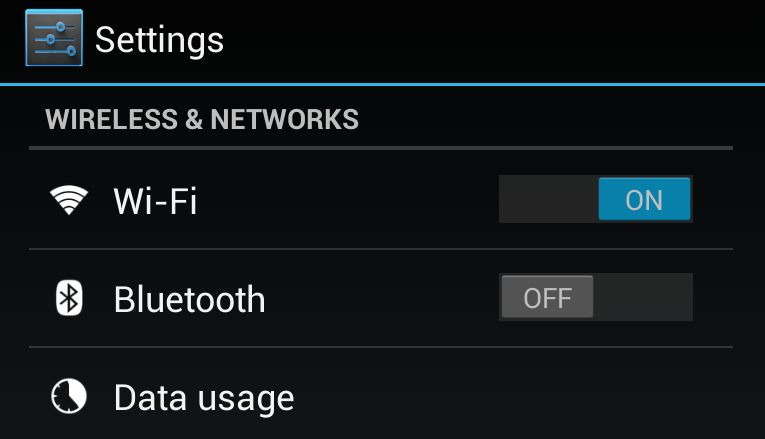As the gaming industry expands, the amount of developers cropping up and the increase in the amount of gaming being made is making exposure a key focus in progressing. It can lead many to doubt themselves, or ask “how do I stand out?”
For a developer to rise to the top, it requires a smart and calculated approach to everything and anything related to your image, your product, and how you interact with potential consumers. Let’s take a look at how you can stand out as an individual, how to showcase your indie game, and even market your mobile game.
Focusing on You
First thing is first, how do you stand out as a developer, as an individual? Not your game—you.
1) Flexibility
Being flexible is extremely important as an indie developer. The only time this would likely not be warranted is when you have financial incentive. However, if you do not have that be prepared to be dynamic in how you approach development through planning to post release. This normally is regarding the decisions you make as a developer and it can include early stage changes that will severely impact how your game can progress. Flexibility for release date is important, sometimes things can go awry and you may need to shift release by weeks or maybe even months. This depends on if changes are to be made, or if other problems arise with your work.
2) If Applicable, Inquire About Getting Help
One major boost for any developer is getting help—however it is not always possible. If you have the opportunity, find people with key strengths to help you with your game. For example, if you only know how to program, then you will need to complete art and graphics for your game. You may also need audio work completed and possibly a score. If you only know programming, then you should find people that can help you or hire them to work for you in completing your game. This will ensure you can maintain a high level of quality in your game across the board.
3) Staying Relevant Through Content
Many indie developers create a game that they release and add very little in extra content post-release, aside from critical patches to fix launch issues or future bugs that end up being found. Now one very good way to make your game stand out from the rest is by treating your game with attention; that will involve adding content post launch. Many more developers have been doing this, from all the way through the indie scene and all the way up to big budget titles. Adding content further encourages activity for your game and adds something for paying customers.

Free Content sometimes is labelled as Free DLC in many titles as of late. This is a good way to attract players attention and possibly boost sales numbers post launch.
4) Understand Your Target Demographic
Aside from trying to create something unique, understanding the type of player you are making a game for is key. If you can’t nail down who is going to play your game, your final product may falter due to lack of direction.
So how soon do you start marketing your game?
Many will know that a game will make most of its sales within the first week of release, and too often I’ve seen developers fly under the radar of players. These are games that end up having extremely small user bases because the ideal channels weren’t aware of the release or marketing attached to the game.
The flip side to marketing, however, is that you still need to be cautious of how you approach it. You as a developer need to be confident in your own product but also be careful of what is included in the marketing, whilst at the same time avoid accidentally misleading players on what you are offering in your final product.
This comes down to planning on what is needed for marketing. Starting too late will be a mistake, and so is starting to early. What you need is something to show consumers what your games looks like, but also what the game offers in content or what is confirmed to show up in the release version of it.
Various things that you should consider preparing:
- A website for your game
- Social media accounts
- Development Blog and Roadmap if applicable
- Media, Trailers and Screenshots (Screenshots of the game rather than concept/mid development)

Recent Early Access Title of Astroneer has a website/forum, public roadmap to view, all necessary videos/screenshots of gameplay and social media accounts for game and developer.
Focusing on Your Indie Game
Now that we’ve covered how you can stand out, what about your game? I often run across games that are genuinely fun, but have lousy or generic themes. “It’s another zombie game”, or “it’s another military game”, or “it’s another fantasy game”. Despite how good your game is, without something to set it apart from the countless others in the industry, it might get looked over. Coming up with a unique theme isn’t as hard as you might think, so long as you keep in mind a couple of important aspects.
1) Small Details Don’t Set You Apart
Consumers are going to take one look at your game and make a judgement. What they see in screenshots, or in the opening of your game, dictates what they are going to take away from your game. It doesn’t matter if your elves are a different shade of red, or if you can only contract the zombie virus by playing chess with a zombie, consumers will still pigeonhole your game. For good reason too- the small details do not make your game different.
Story only goes so far as well. You should be able to describe your game’s setting and world in one or two sentences. If you need to take a paragraph out to tell me about all of the major key players in the history of your world, then there’s room for improvement. You can’t assume a consumer cares about your game, even if they bought it, you need to hook them in first.
2) Broad Strokes, Different Colors
People are quick to recognize archetypes. Sci-fi, Westerns, Military, Zombies. To create a good theme, you want to capitalize upon the familiar, yet manage to make it alien as well. To put it another way, use the same broad strokes but with different colors.
A great example of this would be the Assassin’s Creed games. Each game makes use of a different subset of popular culture settings and themes such as pirates, knights, and the renaissance. However, even amongst the games, there’s a twist that ties them together and makes them unique. All of the games take place within a sort of virtual reality software, almost like a videogame. Despite taking place in highly iconic historical settings, there are sci-fi and cyberpunk elements to it that blend seamlessly.
The Fallout series is also similar in that while they are standard post-apocalyptic games, they have a contrast of this fluffy 1960’s environment hidden under all of the dirt. The contrast between historical fiction and sci-fi, grime and perfection, is what manages to make the theme of these games punchy and interesting.

3) Consistency Is Key
Once you figure out the big picture of your game, then you start with the small details. It might sound at odds with the first point, but the small changes you make to the formula are important, they just cannot be all the game has to rely on. Once the consumer is curious about your world, you need to deliver upon that curiosity. The broad strokes might catch the consumer’s attention, but the fine details keep them hooked.
Everything in the game must serve to further flesh out the big idea in some form. From the game mechanics, to the UI, to the side-quests and power-ups, there are many ways you can build a unique world without having to rely on exposition dumps. To go back to our earlier example, the UI used in Assassin’s Creed is sleek and minimalistic compared to the setting, and the side-quests are presented as “memories” from a DNA sequence, putting everything into perspective. Even Team Fortress 2 manages to paint a colorful world from only a handful of phrases each character says in the game.
Focusing on Your Mobile Game
To date, there are well over 2.2 million mobile apps on Android’s app market. With so many apps, it is a struggle every day to stand out with your creation. I hope to cover some important tips to help any new mobile app developers start out the best way possible and improve your chances of standing out among the vast ocean of apps. These won’t be in any particular order, but they will be key areas to focus on when releasing a game on the app store. Making sure you have a smooth start on the app store will result in fewer problems in the long run.
1) Localization
Localization means making your application more accessible in other languages, expanding the range of possible users that can download and understand your app. Localization is fairly simple, but of course if you as a developer can only speak one language, then you will have to employ the help of others in translating your app into other languages. To go about this you will need to think from a design aspect. If localization is one of your end goals, then you will have to design your app to be flexible. Designing flexible layouts is a first step, making sure that where text is in your app, that the layout that contains the text is generously sized and you can fit more than what is planned without that layout. This is simple future proofing in advance for other languages. When you have currencies, times, dates, and numbers in your app, make sure that you use System provided data for these. Each locale will define different types for these and it would be wise to make sure the app can read this rather than relying on developer/app specific rules for those values. If you plan on localizing in Arabic, for example, you will have to design layouts to support RTL text, as Arabic is a right-to-left script. As of Android 4.2 there is full support for these languages, so the only thing a developer need worry about is if you app design can suit this change.

2) TEST, TEST, TEST
You can have confidence when designing a mobile game, but even the most confident developers can do a sloppy job on testing and optimization. Make sure that what you create is tested for bugs and overall stability. Your goal here is to release your first version on the app market as something that is near flawless. The fewer bugs it has, the better the user’s experience will be and the better the reviews you will get, and as a result, your app will garner more downloads.
You now have the option to put your game on Android Play Store’s early access program. Very similar to what Valve uses, the Play Store variant allows for people to get Beta access and make suggestions to the developer. This is one way of releasing an early version of your game if you plan on releasing a final version as a paid app.
3) Seasonal Content Changes
A common practice I’ve noticed as of late is content updates for games that match a certain event or holiday season. For example, if it were Christmas, a developer would update a game and change things within the game to match a Christmas theme. This happens often on PC and Console games as well.
Sometimes developers can decide to update the game and make use of timed events in which players will essentially have to rush or think quick as to whether they want to play the game. Other times developers will update the game for a holiday season but keep the content in the game afterwards.

Shadow Warrior 2‘s Christmas Themed level change.
4) Format Your Store Page
Another major aspect to standing out and succeeding on the app store is to make sure your store page formatting and visual design of logos/screenshots are done in a clear and concise manner. You have thousands of great examples of how you can do this. Either look at popular apps on the app market as to how they describe their games, or even look at how Steam games information is formatted on that store. The idea here is to tell users what your game is about in one or two paragraphs. Then elaborate on key features particularly listed below these paragraphs, with any special information or instructions you can add to the end of this. Then you can move onto your screenshots and logo design.
Your store page screenshots need to be able to show what your game has in it while also hooking a possible player’s attention. Try to stick to raw gameplay footage if you want to play it safe. If you want to go beyond simple gameplay screenshots, you can overlay text on certain screenshots to emphasize gameplay features. Once you have organized your screenshots, move onto the logo—and this really comes down to your own choice. You can do anything here but its best to keep to something minimalistic and easy on the eyes.

Minimalist Icon Design, flat colours, sharp edges.
5) What’s in a Name?
Naming your game is also a challenge. There are many clones out there that share similar gameplay and names. The best thing to say about naming your game is don’t over complicate it. It needs to relate to the game’s content but not be over exaggerated. Hypothetically, if you created something similar to Angry Birds, a game that has physics puzzles and birds in it you could use something like Avian Blast, or Feathered Chaos. Considering this is a hypothetical example, it would sound a lot better and be easier with an original game concept.
Parting Words
There are many other things you can do on top of what I have listed here but the key points to remember is to be careful how you progress in the indie community, through planning to after release. The industry is getting more saturated as time goes on, so making sure you put care and effort into everything you do will give you the best chance of succeeding—and most importantly, securing your place among the best.
Thanks for reading! If you enjoyed this blog post and want to receive advice, analysis, and tutorials from industry veterans and marketing experts, we have a free mailing list that offers just that! You’ll receive weekly blog post roundups, in-depth tutorials and guides, and stories from experienced industry professionals. Plus, when you sign up you’ll receive a free copy of our eBook, “The Definitive Guide to Game Development Success”. Thanks again, and hope to see you on our mailing list!
A huge thanks and H/T to Alex Cicala and Thomas Ponce de Leon for writing all of this content originally!
